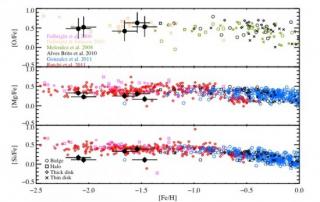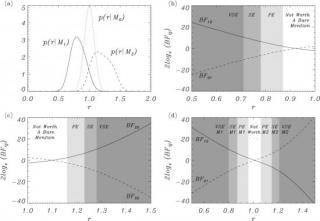On Friday night, 15 February, asteroid 2012 DA14 maked a close approach to our planet. In Spain, it first was seen from the peninsula at 21:00 local time (UT 20:00*) and half-an-hour later it was visible from the Canaries at 20:30 local time (UT 20:30). It was the closest approach by an asteroid since we have been able to predict their orbits. The IAC will show direct time-lapse videos on this page, as well as links to retransmissions. (*) In winter Universal Time (UT) coincides with local Canarian time. Uno de los vídeos ha sido seleccionado como Astronomical Image of the Day JUST TO GIVE
Advertised on



